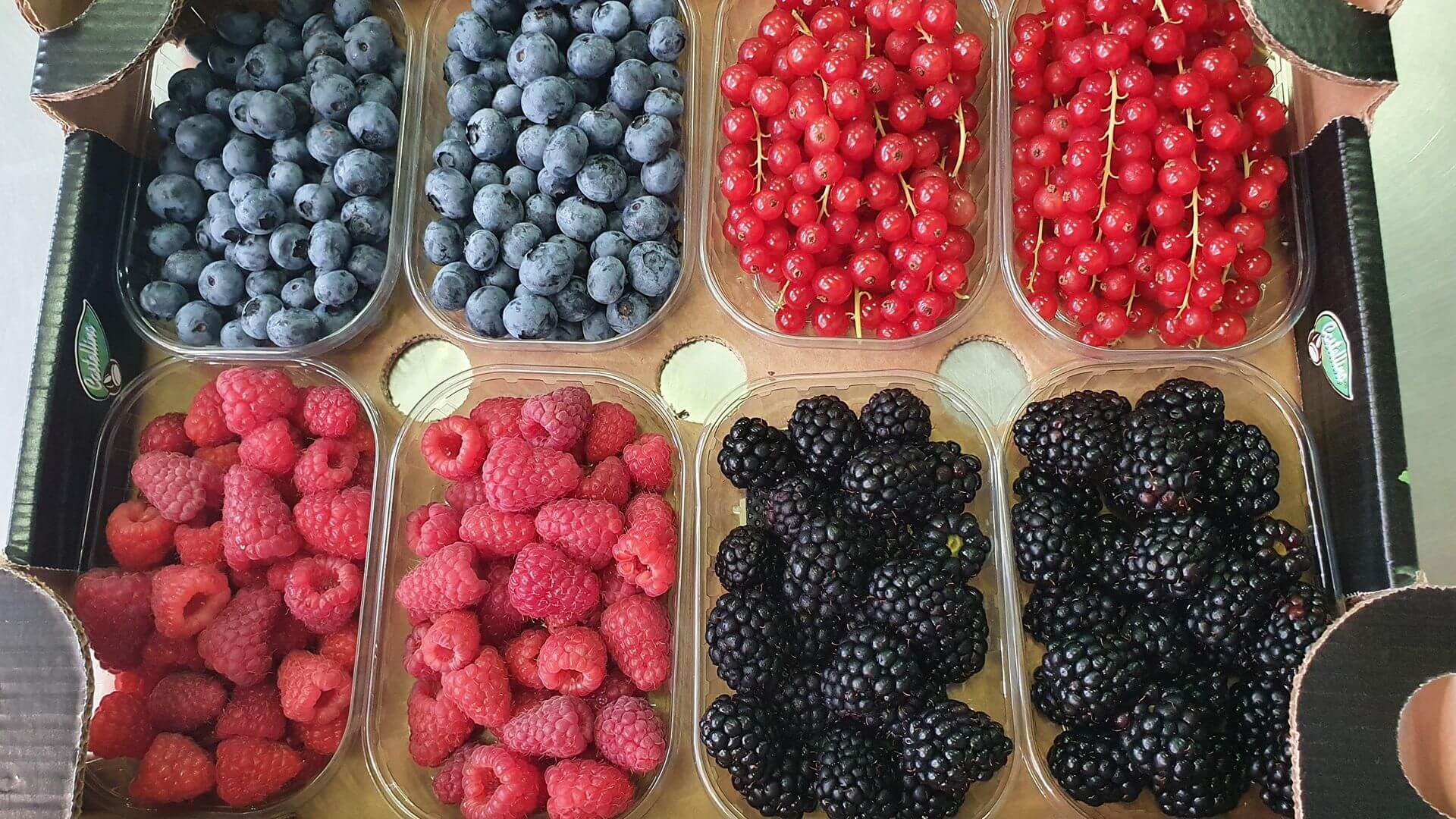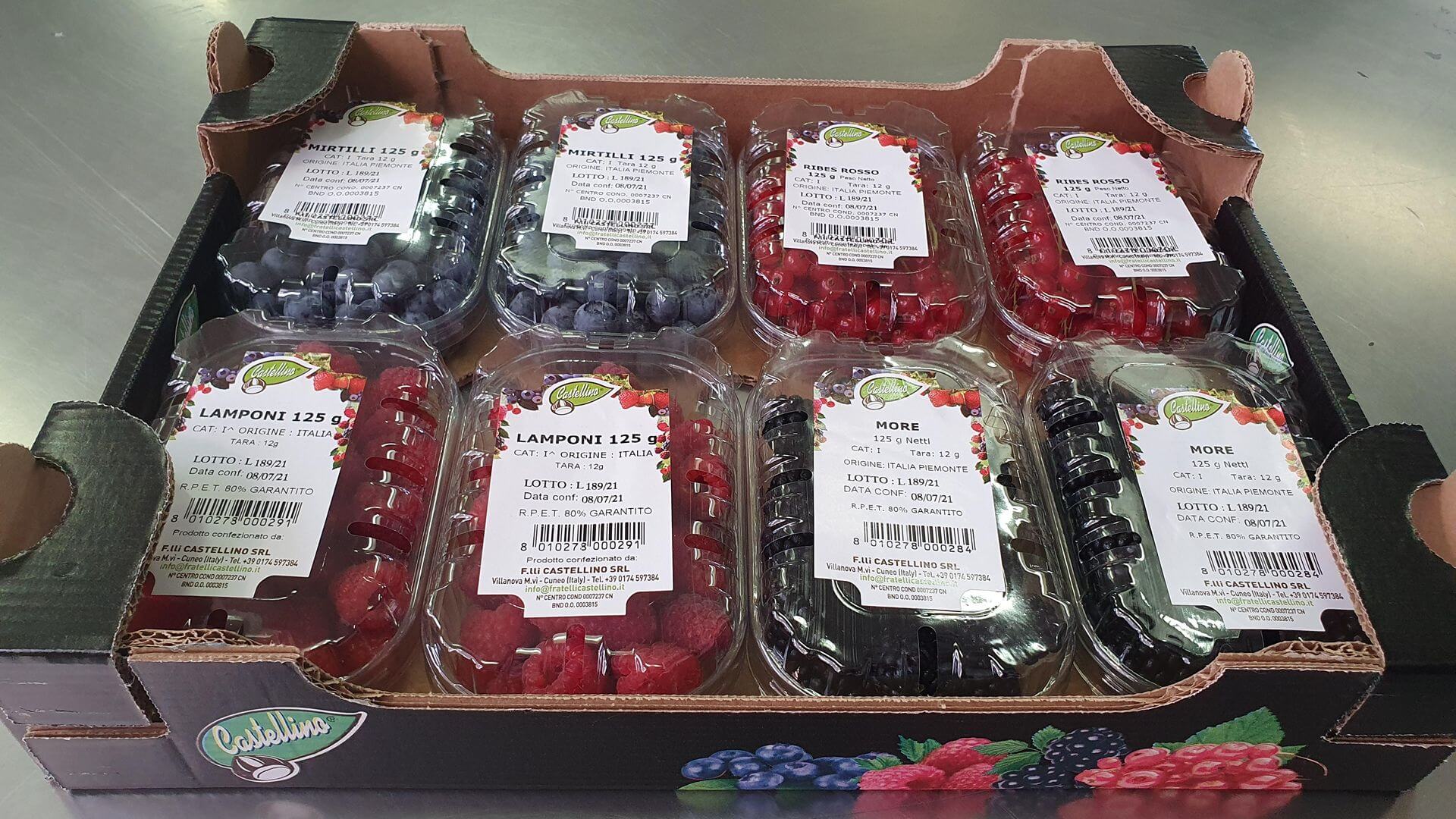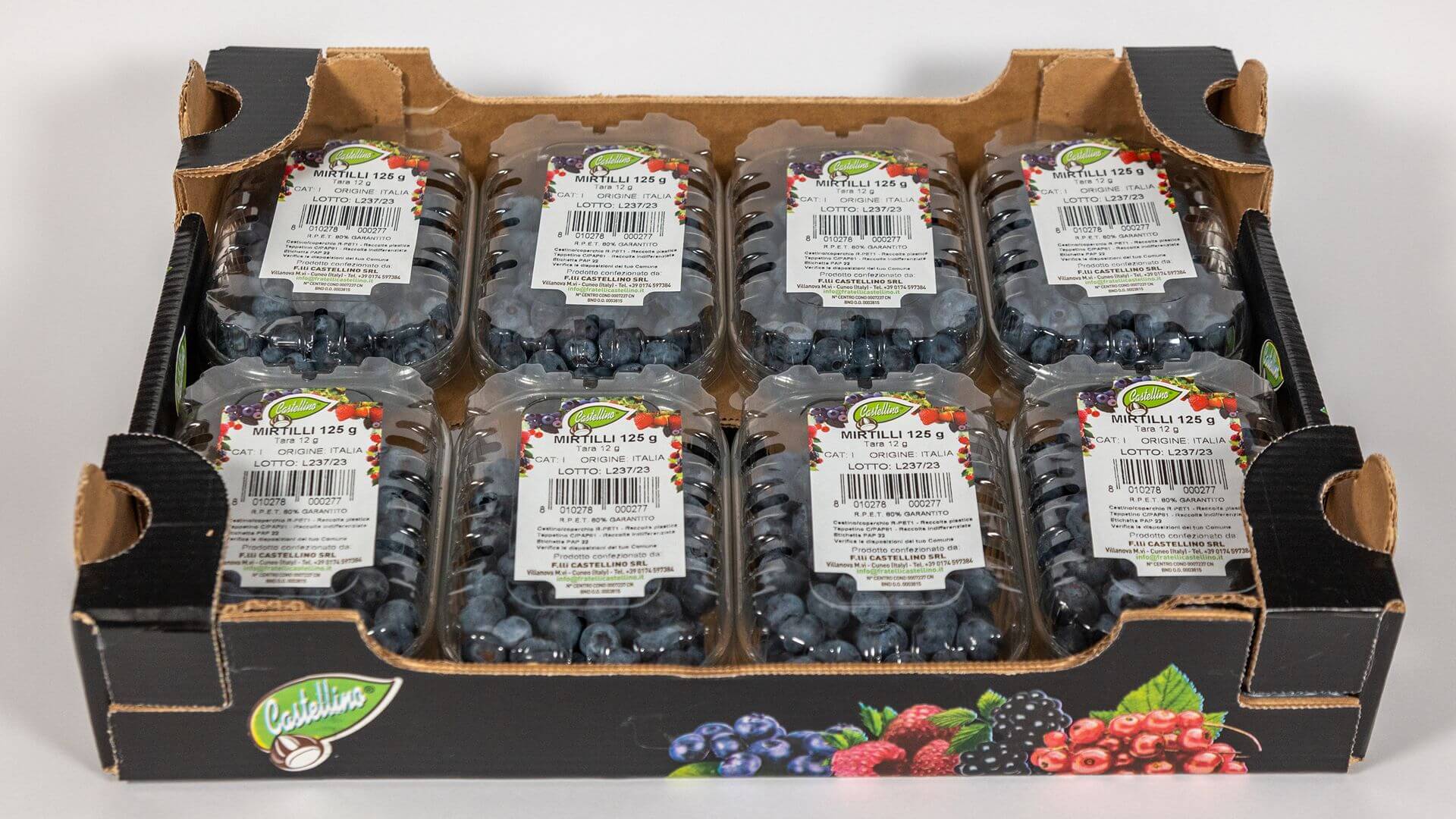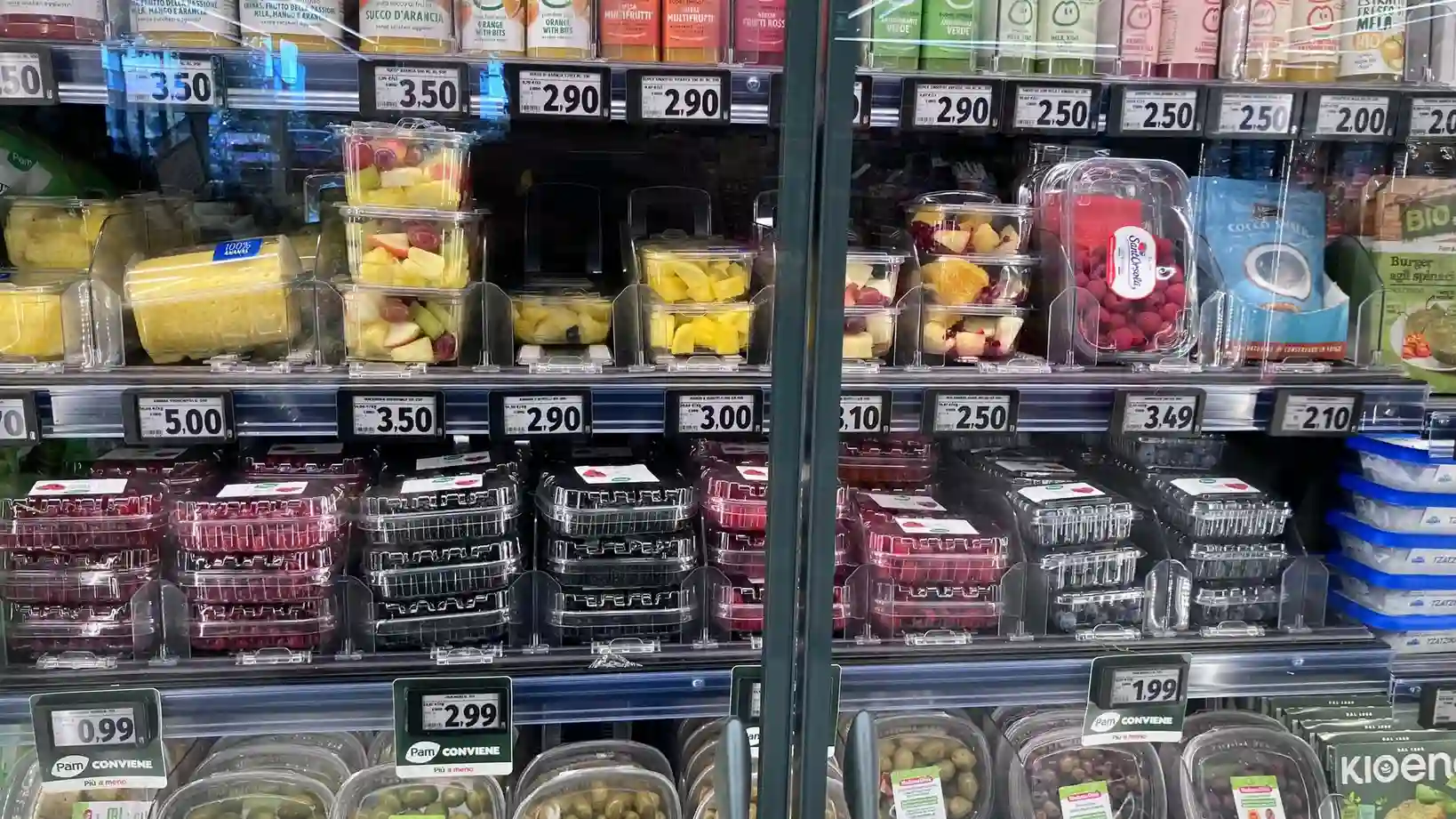Blueberry consumption is growing in Italy and worldwide, but in our country, the increase is due to the growth of the weight in sales formats: this is the opinion of Francesco Imberti, Sales Manager at F.lli Castellino (photo).
Imberti told Italian Berry: “Consumers' purchasing power has decreased, and we clearly see the peak in consumption when there are promotions in supermarkets.”
F.lli Castellino wraps up a blueberry season, and more generally a berry season, complicated by adverse weather, and looks forward: “For the sector, especially for blueberries – Imberti told us during a busy interview, frequently interrupted by requests from colleagues and clients – a promotional initiative that brought together industry operators would be needed."
"The idea that was launched at the Mirtillo Business Day 5 years ago still convinces us. We would have liked to move forward, and if someone takes the lead, we are open to dialogue.”
Exactly 5 years ago, F.lli Castellino was present at the Bologna event, where the need to network to develop the blueberry industry became clear. Meanwhile, Italian blueberry cultivation has grown (according to the latest data from CSO Italy, we have reached 1,600 ha, with about 700 in Piedmont, Italy’s leading region). The 2024 season, like for other market players, was also plagued by heavy rains followed by sudden heat for F.lli Castellino.

The company, founded in the 1980s and located in the province of Cuneo, is particularly known for chestnuts but has also specialized in berries for several years. It supplies blueberries to the Italian and international large-scale distribution during the Italian production periods (June – August) because its suppliers are all concentrated in Piedmont: “The suppliers, depending on the year, are around 200. They range from very small producers to highly structured companies.”
In 2023, F.lli Castellino sold over 600,000 kg of berries, including strawberries. Blueberries still dominate, with 65%. Growth compared to 2022 was 25%. About 50% of the marketed product is exported to Northern Europe, the United Kingdom, and Eastern Europe.
Workforce issues
Even though hectares in Piedmont and Italy in general have grown over the last 10 years, Imberti is convinced that the cultivation area will hardly expand any further: “We have seen that, over time, the so-called hobbyists have stopped supplying us, while companies that perform well have found satisfaction and have become more structured, increasing the cultivated area where possible.
But there is a major handicap: the workforce, especially during harvesting. It’s difficult to find, both in sufficient quantity and in terms of the quality and skills of the workforce available.”

Among the challenges faced by Francesco Imberti is the climate: “We have gone from a practically continental climate to one that at certain moments seems tropical. Variety renewal can do little about this. We are working on flavor, size, but no one has ever proposed varieties that hold up, and that would really make a difference for us.”
He continued, with a joking tone, but not entirely: “The waterproof blueberry does not exist yet, and I don’t think anyone is working on it.”
“Lack of market segmentation”
Consumption is growing, it’s true, but there is still no segmentation indicating that it’s time to invest in new varieties and reduce the contribution of Duke, at least according to Imberti: “Consumers want good and healthy blueberries. The market, at least from what we perceive, even in relation to requests from large-scale distribution, is not segmented. They don’t ask us for varieties that go beyond the standard.
We know there are those aiming for premium, but we don’t yet feel that need. Then, to test new varieties, we need to see how they perform over the long term and on sufficient acreage. It requires a significant investment.”

And speaking of large-scale distribution, improving communication and the relationship with supermarkets could make life easier for blueberry and berry producers and traders: “Large-scale distribution often schedules promotions in advance. They base them on the previous year's production, but we see constant peaks and moments when there is no product. This changes from year to year. The promotion should be done when there is overproduction.”
Francesco Imberti concluded, not without a hint of self-criticism: “We need to become better as well, on the production side, in communicating information to large-scale distribution. We need to optimize the peak moments.”
Barbara Righini









